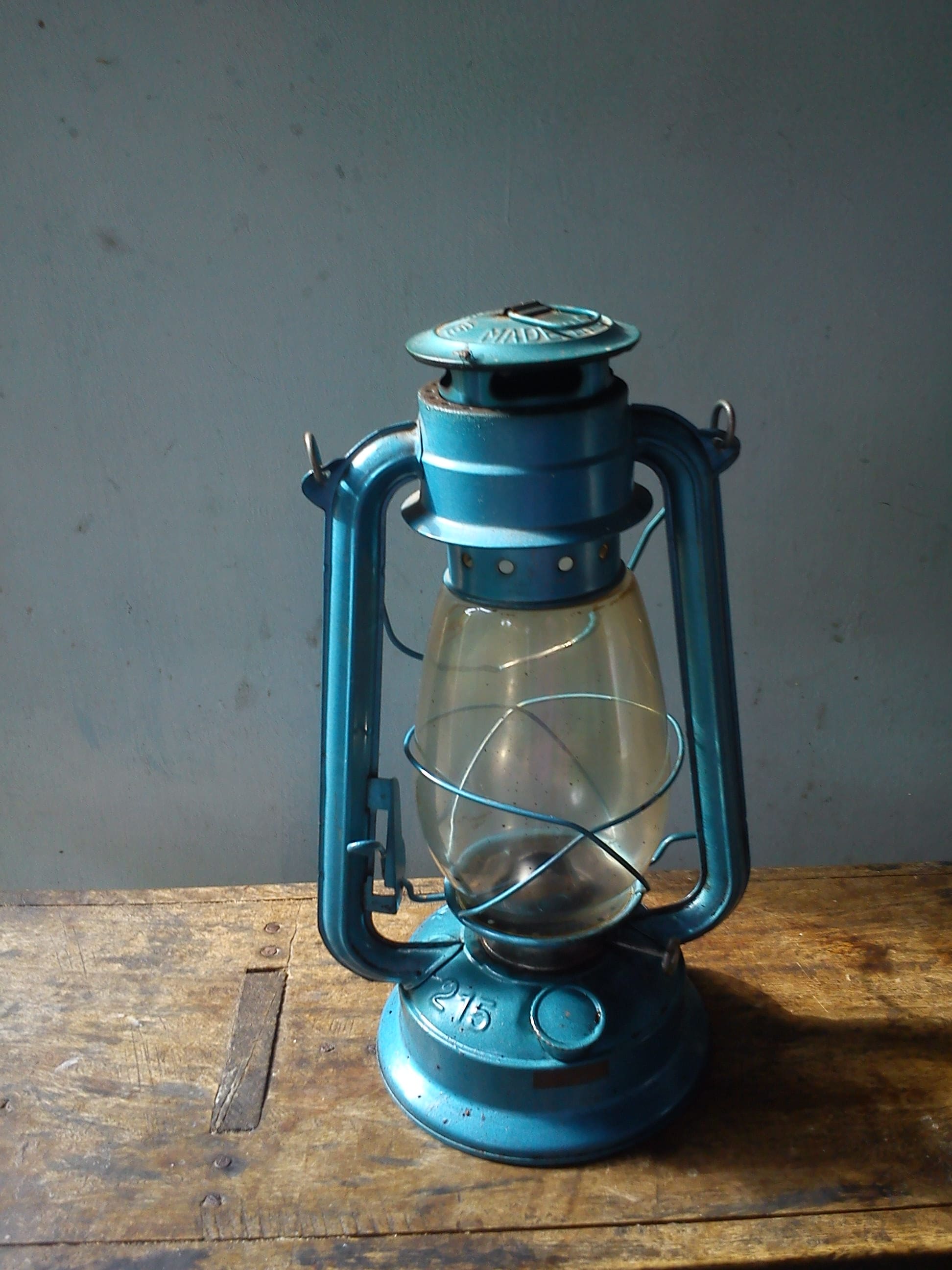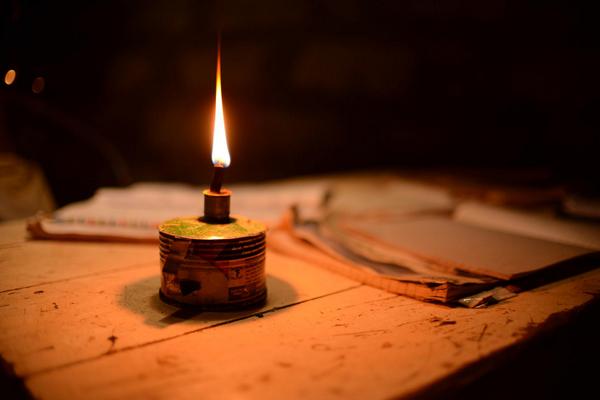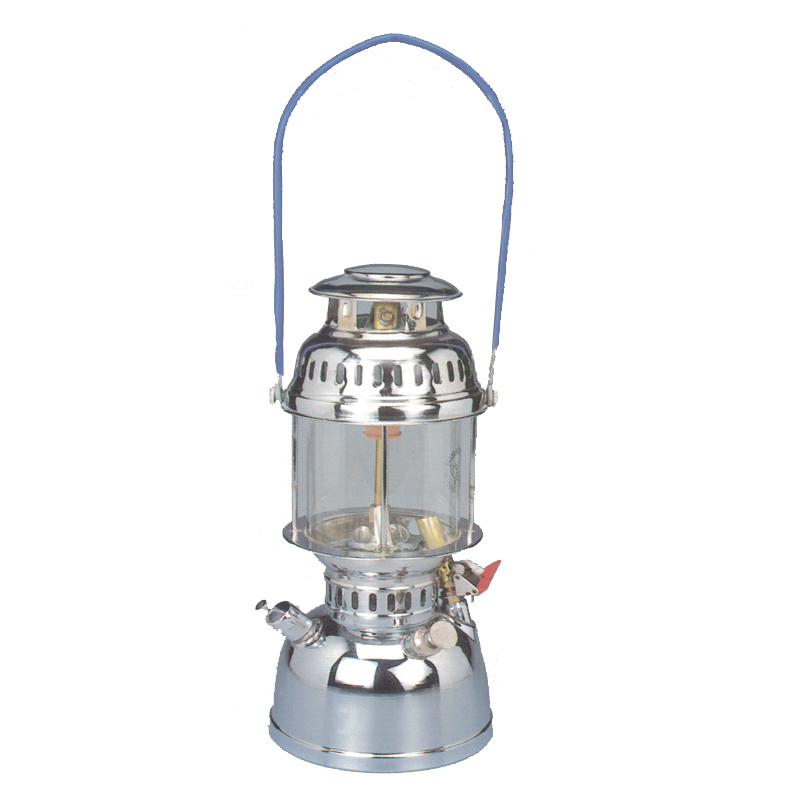Cleaning it could take up to an hour - if you were lucky.
The process had to be meticulous; otherwise, you'd end up holding pieces of broken glass.
That is, if you still had an arm. How could you break Mama's property and go scot-free?
You had to apply just enough force to clean the inside of the chimney, but not too much lest it broke. You would blow some moisture into it from one end while closing the other end. Then use a piece of cloth to clean the inside as if your life depended on it. It needed a PhD in good luck.
Yes, I am talking about the kerosene lamp/lantern.
Cleaning the chimney was just half the job. You had to ensure the wick was long enough to suck the hell out of the aspiring kerosene in the holding container at the bottom of the lamp.
Kerosene was gold, rare and treasured.
The holding container also had to be clean; otherwise, the soot from the wick would be unbearable.

The Koroboi Lamp
The kerosene lamp had his dirtier brother, the soot thrower and the enemy of a clean environment, Mr Koroboi, a.k.a the metal blue-band with a wick.
Koroboi was made by reshaping blueband and cowboy metal containers: the popular brands then.
For most families in Kenya, this was the primary lighting source at night.
The lamp was famous for its cheapness and simplicity, and it conserved kerosene.
You had to be careful not to cough or sneeze next to a Koroboi. Whoof, and darkness becomes your friend.
By now, you must have figured out we are talking about the earlier forms of lighting—the humble sources of light which kept the homes radiating despite the many challenges.

Pressurized Kerosene lamps
It was reserved for the high and mighty in society. Only the rich had the money and time to handle such a complicated device.
I never cared to know how it worked because it felt overwhelming the few times I saw the steps involved. Too much work for light. No! Not worth it.
For vintage lovers, here is a video detailing lighting a pressurized kerosene lamp.
But were these the earliest form of lighting in African societies?
No. Far from it. Kerosene became a prevalent energy source in Africa in the post-colonial era.

What were the earliest forms of lighting in traditional African society?
The earliest form of lighting included fire, candles, lamps, torches and street lighting.
The Benin Kingdom of West Africa(presently Nigeria) was one of the first cities in the world to embrace street lighting using huge and high metal lamps fuelled with palm oil.
Did you Know?
Accounts of the Portuguese explorers who visited the Benin kingdom from the 13th to 15th century described it as a beautiful and well-planned city. Remember, at the same time, London was described as a city full of thieving and a black market hub.
Fire as a light source
Many African societies made and placed fire in a central location where it would illuminate the whole home or place of gathering.
How was a fire made?
By rubbing two sticks together or using a fire starter like flint or steel.
The fire-starting practice was a skill that took time and dedication to master.
Selected community members would be assigned the noble role of fire makers.
Besides lighting, a fire was used for cooking, smelting, communication, and religious duties.
For example, among the Zulu, different types of fire and the accompanying smoke conveyed different kinds of messages. The warriors would prepare to defend the community immediately after seeing the distress smoke signal.
Fun Fact
The fire was sometimes used as currency. It was used as currency and traded like any other goods and services. The bigger the fire, the bigger the barter item had to be.
Lamps
They were typically made from moulded clay or shaped stones filled with oil or fat.
In some rare cases, the lamps would be made from smelted metal.
To make clay lamps, the clay would be moulded into the desired shape, allowed to dry then hardened with fire. The inside was then coated with oil or fat, and a wick was placed. The wick would burn and produce light when lit.
Stone lamps were made from Quartz or graphite and curved into the desired shape using a hammer and chisel. And just like clay lamps, the inside was coated with oil or fat.
Stone lamps were durable compared to clay lamps.
The design of the lamps varied from one African society to another. Some, like the ones from the West African Kingdoms, had intricate designs and patterns depicting the sophistication of the people. Some lamps also had handles for portability purposes.
Candles
Candles were made of wax from animal fat, plant oils and bees.
Because of their availability, candles made from animal fat and plant oils were the most commonly used.
Beeswax candles were considered a luxury product and were only used on special occasions because of the difficulty in obtaining them.
Candles were made by pouring melted wax into stone or clay containers and wick inserted in the middle. The wax was then removed from the containers, and the wick was lit to produce light.
Torches
It was made by coating the end of a stick or pole with an easy-burning material such as animal, wax or oils, then covering it with a piece of cloth or grass to act as the wick.
They were used for both indoor and outdoor lighting. Being portable, they could be used at night or in dark pathways.
For example, the Maasai would make special ground torches around the Inkajijik(houses), forming a unique kind of 'street light' that would illuminate the home and scare away wild animals like lions.
In addition to lighting, the torches were used for signalling during warfare and hunting.
So there you have it, the journey through the unique ways African societies light up the night.
Next time someone tries to demean you by saying that our forbears were primitive. Remind them of their ingenuity that helped them make light from what seemed like nothing. A people capable of creating advanced societies which existed across the continent for thousands of years before the coming of the Europeans.
Let us stop the madness of always basing our stories on colonialism.
Special Mentions
📌 Benin City, the mighty medieval capital now lost without a trace
📌 How to make fire by rubbing sticks.
📌 Common Giriama words and their meaning
Join the Lughayangu Community!

